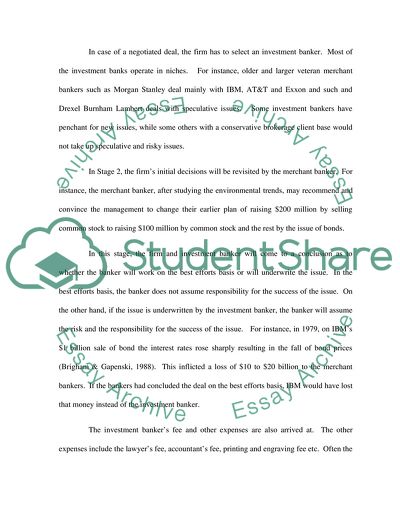Cite this document
(Capital Mobilization and Capital Asset Pricing Model Term Paper, n.d.)
Capital Mobilization and Capital Asset Pricing Model Term Paper. Retrieved from https://studentshare.org/finance-accounting/1558949-explain-how-large-companies-raise-capital-from-the-equity-and-bond-markets-discuss-the-relevance-of-the-capital-asset-pricing-model-capm-to-company-seeking-evaluate-its-cost-of-capital
Capital Mobilization and Capital Asset Pricing Model Term Paper. Retrieved from https://studentshare.org/finance-accounting/1558949-explain-how-large-companies-raise-capital-from-the-equity-and-bond-markets-discuss-the-relevance-of-the-capital-asset-pricing-model-capm-to-company-seeking-evaluate-its-cost-of-capital
(Capital Mobilization and Capital Asset Pricing Model Term Paper)
Capital Mobilization and Capital Asset Pricing Model Term Paper. https://studentshare.org/finance-accounting/1558949-explain-how-large-companies-raise-capital-from-the-equity-and-bond-markets-discuss-the-relevance-of-the-capital-asset-pricing-model-capm-to-company-seeking-evaluate-its-cost-of-capital.
Capital Mobilization and Capital Asset Pricing Model Term Paper. https://studentshare.org/finance-accounting/1558949-explain-how-large-companies-raise-capital-from-the-equity-and-bond-markets-discuss-the-relevance-of-the-capital-asset-pricing-model-capm-to-company-seeking-evaluate-its-cost-of-capital.
“Capital Mobilization and Capital Asset Pricing Model Term Paper”. https://studentshare.org/finance-accounting/1558949-explain-how-large-companies-raise-capital-from-the-equity-and-bond-markets-discuss-the-relevance-of-the-capital-asset-pricing-model-capm-to-company-seeking-evaluate-its-cost-of-capital.


